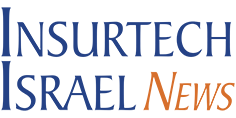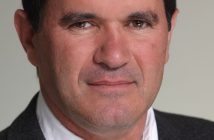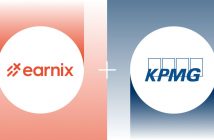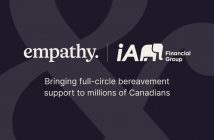Vesttoo has developed a model enabling insurance companies to purchase reinsurance on the capital market using financial instruments * These instruments are built using artificial intelligence, which estimates the insurance companies’ risks in an optimal and objective manner, enabling pricing of the risks
investments arm of Santander Bank in the Mouro Capital venture capital fund, together with the MS&AD Ventures venture capital fund, which is the venture capital fund of MS&AD Insurance Group Holdings, the world’s fifth largest insurance group.
These funds joined the Hanco fund which ran the company’s previous investment round. Vesttoo is one of portfolio companies of the Sure-Tech investment partnership which was established a few months ago by Danny Naveh. According to the announcement by Sure-Tech in August of this year, Hanaco’s investment increased Vesttoo’s value by 80% from the original value before the money at which Sure-Tech invested in Vesttoo previously.
The raising gives Vesttoo a valuation of 300 million dollars after full dilution, with the partnership investing 2 million dollars according to a valuation of 20 million dollars. On completion of the investment round, the partnership holds a 6.09% stake of the issued share capital and 5.43% at full dilution, reflecting a holding value of 16.29% dollars in full dilution.
Vesttoo is an Israeli company that was set up by Yaniv Bertele, Alon Lifshitz and Ben Tzikel. The company develops technology in the area of risk management, enabling insurance companies and reinsurers to transfer their insurance risks to the capital market using various types of financial instruments for investment. These tools are built using artificial intelligence, which estimates the insurance companies’ risks in an optimal and objective manner, enabling pricing of the risks.
The technology developed by Vesttoo is based on artificial intelligence enabling optimal modeling, pricing and forecasting of the development of actuarial risks over time. This unique technology ensures the modeling of actuarial risks in an objective, non-dependent manner and significantly increases the efficiency of the manual calculations made by reinsurers.
Based on the results of the model, the company carries out optimization of the financial structure of the deal, so that it fulfills the needs of the parties to the deal, both the insurance company and also the potential investors, and puts together a financial instrument which enables the transfer of the risk to capital market investors.
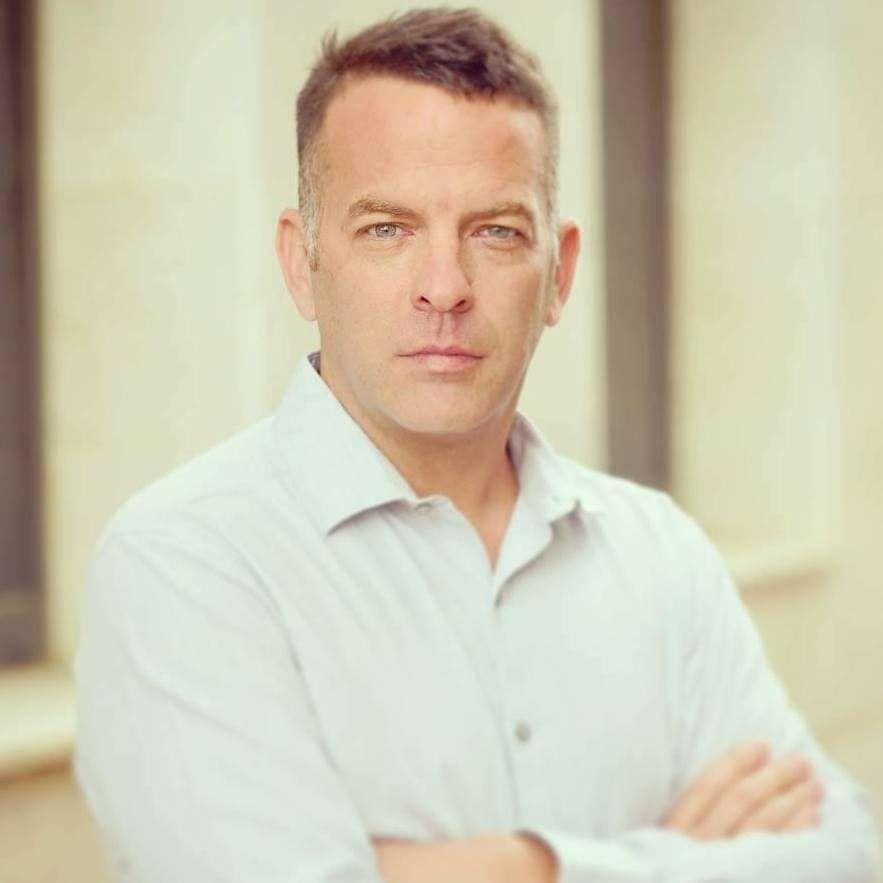
Yaniv Bertele
